Chapman already e-mailed me today to say in was 90F in Raleigh, North Carolina, and he was working with his laptop in some nice area of town. It’s going to be 90F here in .jpg) Manhattan (Kansas) tomorrow, but the new public pool at the park down the street with the psychedelic water slide configuration won’t be open for a few months (whoever designed the Escher-like system of slides and pools was clearly on something).
Manhattan (Kansas) tomorrow, but the new public pool at the park down the street with the psychedelic water slide configuration won’t be open for a few months (whoever designed the Escher-like system of slides and pools was clearly on something).
As summertime pools open, the U.S. Centers for Disease Control and Prevention decided to remind Americans that 1-in-8 public pools were closed after 120,000 routine inspections of public pools in 2008, and that many kids were swimming in poop.
From the CDC report summary:
Swimming is the third most popular U.S. sport or exercise activity, with approximately 314 million visits to recreational water venues, including treated venues (e.g., pools), each year (1). The most frequently reported type of recreational water illness (RWI) outbreak is gastroenteritis, the incidence of which is increasing (2). During 1997–2006, chlorine- and bromine-susceptible pathogens (e.g., Shigella and norovirus) caused 24 (23%) of 104 treated venue–associated RWI outbreaks of gastroenteritis, indicating lapses in proper operation of pools (2). Pool inspectors help minimize the risk for RWIs and injuries by enforcing regulations that govern public treated recreational water venues.
To assess pool code compliance, CDC analyzed 2008 data from 121,020 routine pool inspections conducted by a convenience sample of 15 state and local agencies. Because  pool codes and, therefore, inspection items differed across jurisdictions, reported denominators varied. Of 111,487 inspections, 13,532 (12.1%) resulted in immediate closure because of serious violations (e.g., lack of disinfectant in the water). Of 120,975 inspections, 12,917 (10.7%) identified disinfectant level violations.
pool codes and, therefore, inspection items differed across jurisdictions, reported denominators varied. Of 111,487 inspections, 13,532 (12.1%) resulted in immediate closure because of serious violations (e.g., lack of disinfectant in the water). Of 120,975 inspections, 12,917 (10.7%) identified disinfectant level violations.
Although these results likely are not representative of all pools in the United States, they suggest the need for increased public health scrutiny and improved pool operation. The results also demonstrate that pool inspection data can be used as a potential source for surveillance to guide resource allocation and regulatory decision-making. Collecting pool inspection data in a standardized, electronic format can facilitate routine analysis to support efforts to reduce health and safety risks for swimmers.
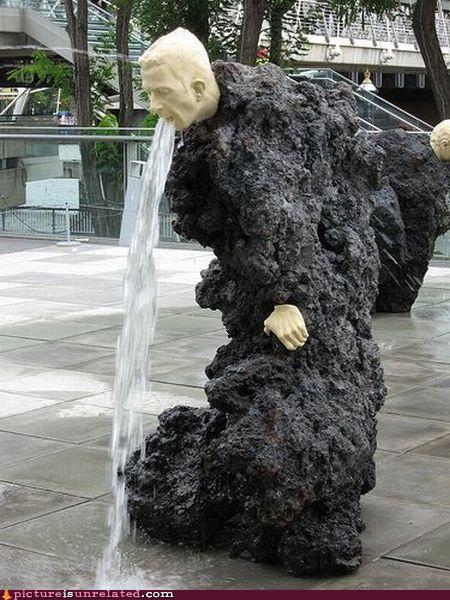 ill.
ill.
.jpg) Manhattan (Kansas) tomorrow, but the new public pool at the park down the street with the psychedelic water slide configuration won’t be open for a few months (whoever designed the
Manhattan (Kansas) tomorrow, but the new public pool at the park down the street with the psychedelic water slide configuration won’t be open for a few months (whoever designed the  pool codes and, therefore, inspection items differed across jurisdictions, reported denominators varied. Of 111,487 inspections, 13,532 (12.1%) resulted in immediate closure because of serious violations (e.g., lack of disinfectant in the water). Of 120,975 inspections, 12,917 (10.7%) identified disinfectant level violations.
pool codes and, therefore, inspection items differed across jurisdictions, reported denominators varied. Of 111,487 inspections, 13,532 (12.1%) resulted in immediate closure because of serious violations (e.g., lack of disinfectant in the water). Of 120,975 inspections, 12,917 (10.7%) identified disinfectant level violations. .jpg) of a boil water advisory and that a suspected agent in the increase of diarrheal cases was E. coli O157:H7.
of a boil water advisory and that a suspected agent in the increase of diarrheal cases was E. coli O157:H7.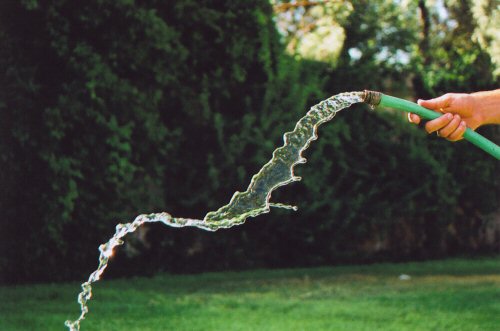 15 lab confirmed cases of campylobacter.
15 lab confirmed cases of campylobacter.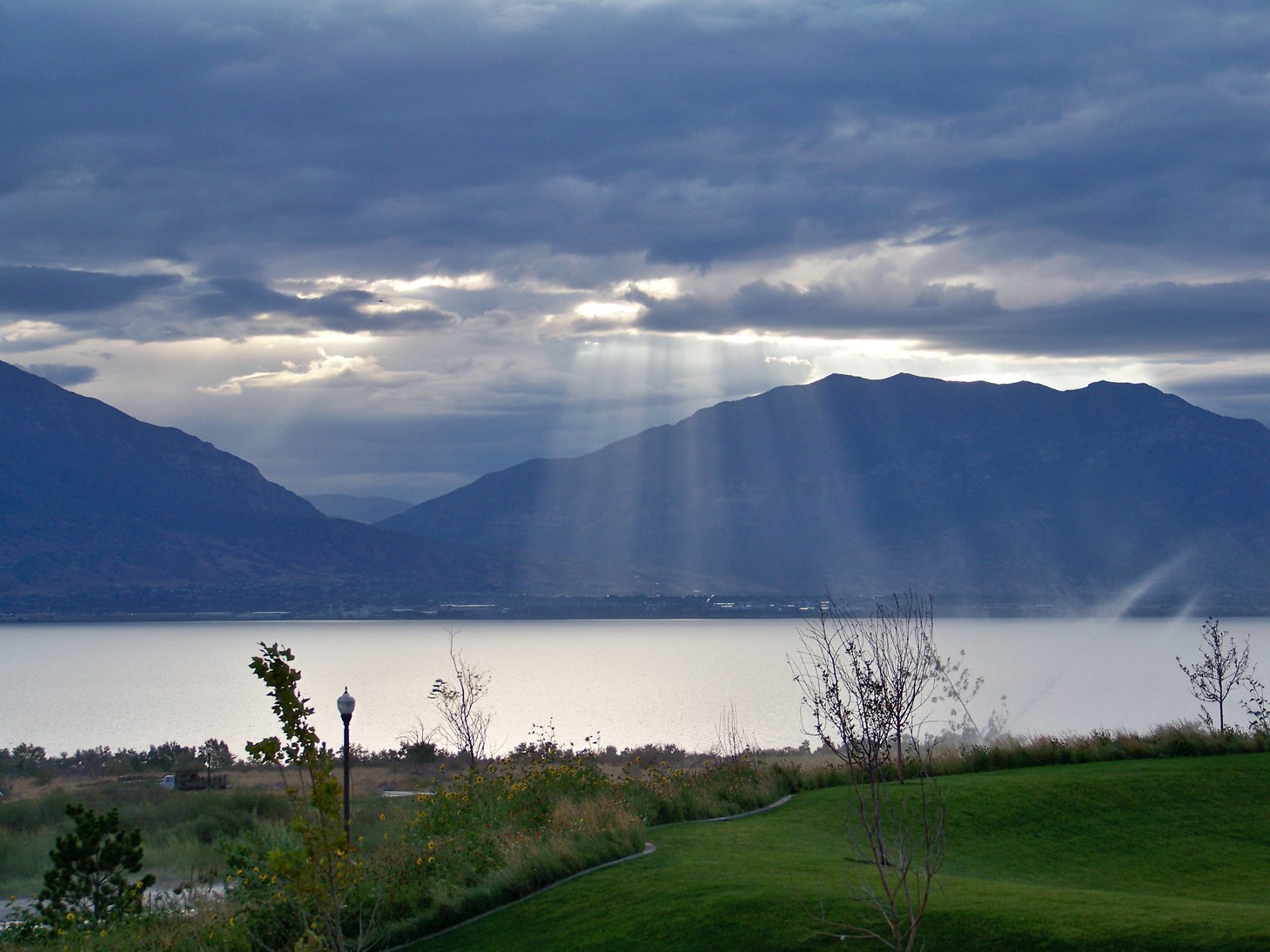 The Salt Lake City Tribune reports
The Salt Lake City Tribune reports again.
again.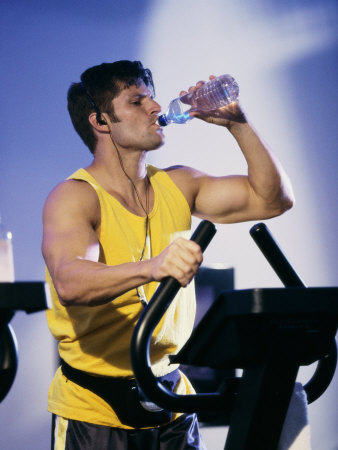 It would be useful if the strain of E. coli was provided in future public announcements.
It would be useful if the strain of E. coli was provided in future public announcements.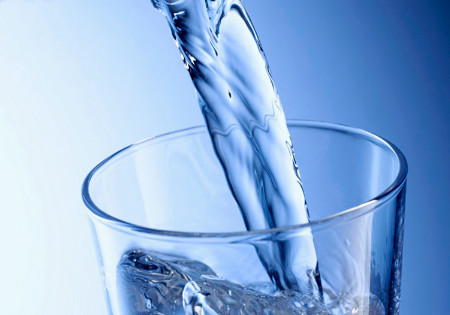 countries worldwide that don’t have access to clean drinking water.
countries worldwide that don’t have access to clean drinking water.
 So I won’t be going on the annual golf trip with the boys from Guelph. I went last year because it was part of a
So I won’t be going on the annual golf trip with the boys from Guelph. I went last year because it was part of a 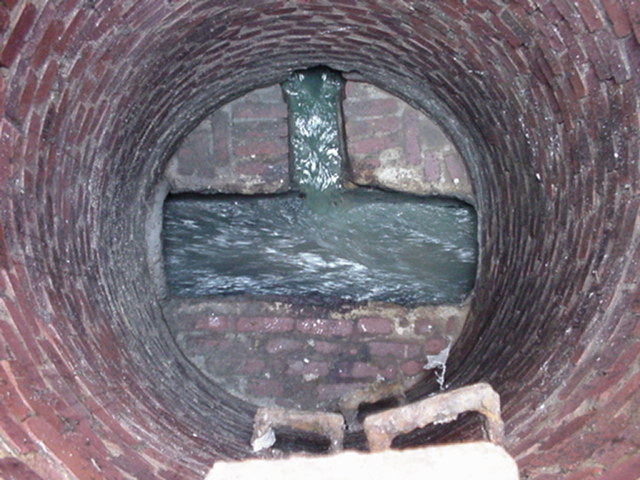 The Nelson Mail reports
The Nelson Mail reports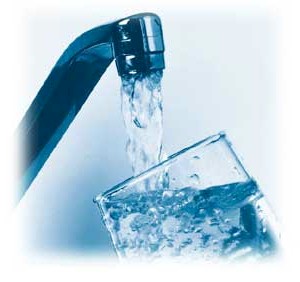 The hotel in question here is the Luxury Epic Hotel in downtown Miami, home to more than 300 guests at the time of the evacuation.
The hotel in question here is the Luxury Epic Hotel in downtown Miami, home to more than 300 guests at the time of the evacuation.